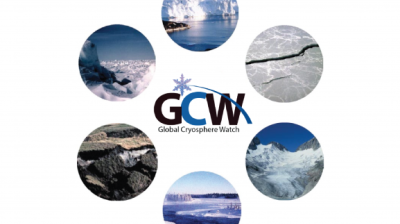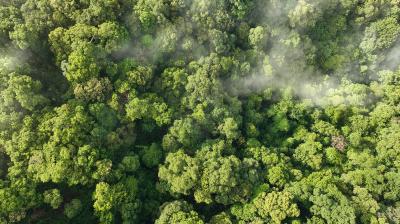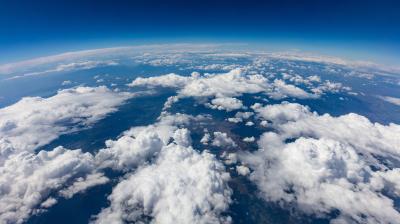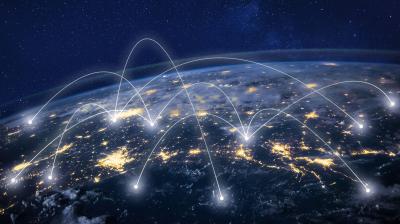Exchange data
Data are essential elements that WMO uses to base its operations. Observational data, information and products built using these data are freely exchanged between WMO Centres and National Meteorological and Hydrological Services (NMHSs) of Members worldwide. With the exchange of data, Members can provide crucial weather, water, climate and environmental services to their citizens.
The preservation of weather data over time is equally important. The long-term curation and stewardship of information are vital for the refinement of predictive models and understanding of climate patterns over time. By combining the dynamic flow of immediate data and the preservation of historical records, WMO can advance its global coordination work and continue to address the challenges posed by an ever-changing Earth system.






